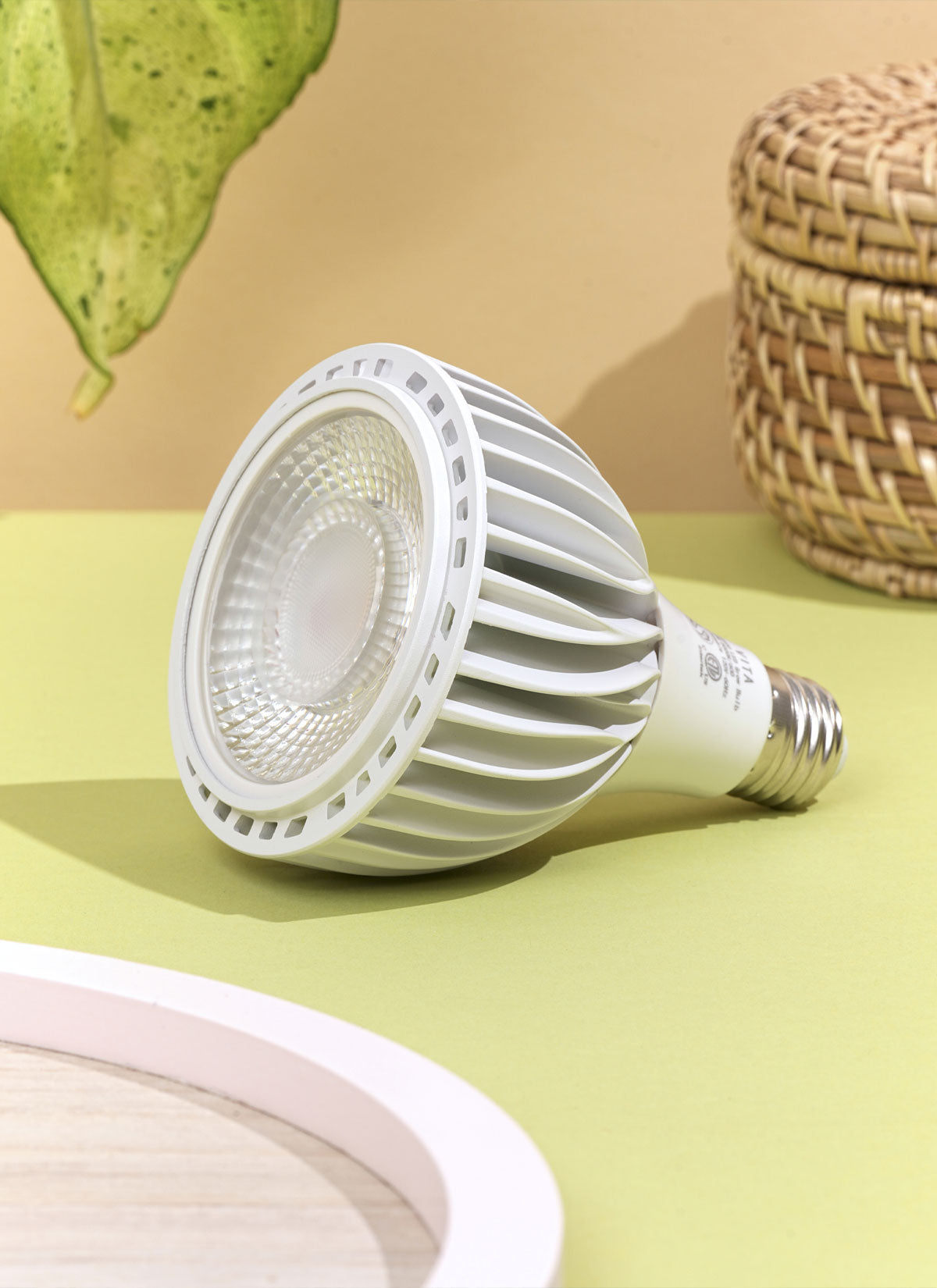Preferred Humidity: 40 - 60%; Moderate Humidity
Humidity is an important factor in the growth and care of desert rose plants. These plants require moderate to low levels of humidity, but excessive moisture can lead to fungal and bacterial infections. You can increase the humidity around the plant by misting it with water, placing a tray of water near the plant, or using a humidifier in the room. However, it is important to avoid getting the leaves wet while misting, as this can lead to water spots or damage to the plant. You also need to avoid locations with too high humidity, such as a bathroom or kitchen, as this can lead to problems with mold and mildew. The desert rose requires a delicate balance to thrive. In addition, it is important to monitor the humidity levels during different seasons. In dry winter months, you may need to increase the humidity around the plant by using a humidifier, while in humid summer months, you may need to reduce the humidity by using a dehumidifier or air conditioning. By maintaining proper humidity levels, you can ensure the health and growth of your desert rose plant.




















